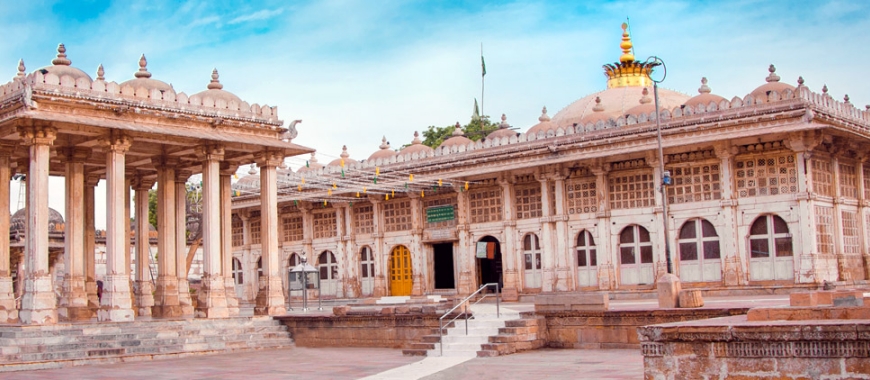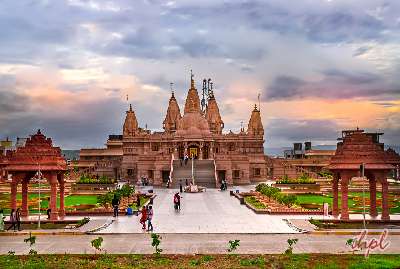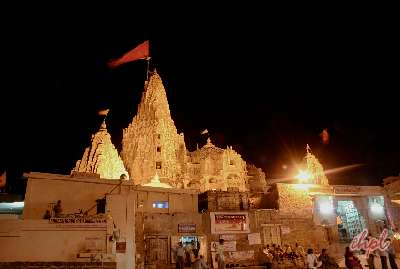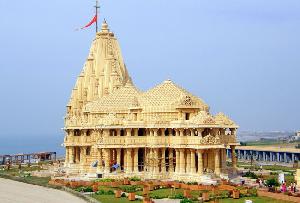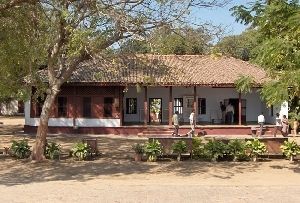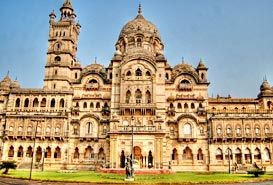Lothal is undoubtedly one of the most important sites of the Harappan civilization. Located in the western Indian state of Gujarat, Lothal holds its own in terms of its tourist appeal amidst scores of other forts and monuments in Gujarat. Harappan Ruins in Lothal are what generates an indomitable interests and curiosity among both the history buffs and the casual tourists.
History of Harappan Ruins
Lothal Lothal is a city that is nearly 4500 years old. Stumbled upon by the archeologists in the second half of the twentieth century, Lothal enjoyed immense importance as a port town during the Harappan era. The Harappan ruins, Lothal have led the archaeologists and historians categorize the Harappan culture into two distinct phases. The remains that can be traced back to the period between 2440 and 1900 BC are an indicator to a flourishing Harappan culture. However the relics dating back to the 1900 to 1600 BC are representative of a declining culture
Description of Harappan Ruins, Lothal
Lothal’s Harappan Ruins are by far the most important and significant tourist attractions of the place. One can take a stroll round the ancient dockyard, the bastion, the lower town, the bead factory and the storage houses. The advanced and modernized drainage system is something to marvel at. There is a museum right to the west that showcases a number of articles comprising of bronze and copper mirrors, painted potteries, miniature bullock carts used as toy items, jewelry, beads and a variety of objects made of stone, shell and bone.
You can also take a close look at the seals from Bahrain, terracotta figures whose origin can be traced back to Sumeria and other objects from Egypt. Another interesting item on display is a model of the city made of plaster of Paris based on reconstructions made by archeologists.

